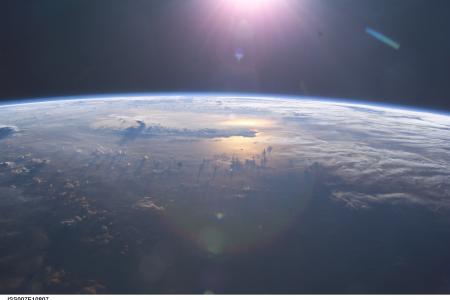Existential Risk, Biosecurity And Biotechnology
In the decades to come, advances in biotechnology could bring new risks to both humans and ecosystems. This research focuses on investigating and mitigating the worst possible of these risks, those that could threaten human civilization itself. This interdisciplinary initiative is a collaboration with the Future of Humanity Institute. It utilises a variety of tools ranging from dynamical systems and stochastic processes to case studies and public policy.
Fundamental bounds of existential risk. Although biotechnology will change rapidly (and perhaps unpredictably) over the next century, the underlying fundamentals of ecosystem functioning will remain constant. This line of research attempts to use these fundamentals to constrain the plausible space of existential risks, and refine our search for worst-case scenarios.
Interpreting past catastrophes. A number of biological catastrophes have occurred in the past, including the introduction of European diseases to the Americas, the Black Death, the Permian-Triassic extinction, and the Oxygen Catastrophe. This line of research examines these events and identifies potential ways in which future biotechnologies could trigger similar events.
Anthropics, observation selection effects, and sampling bias. The historical track record of human survival and ecosystem stability could be subject to a special type of sample bias, known as an ‘observation selection effect,’ whereby we only observes data consistent with our own existence. This line of research combines simple models with anthropic principles to investigate existential risk and correct for these sample biases.
Origins of viruses. The origins of virus project aims to use mathematical models to simulate phylodynamics of early viral evolution that could reveal insights about how viruses first emerged on Earth. There are several hypotheses for the origin of viruses including the escape, reduction, virus-first, chimeric, and symbiogenic hypotheses. However, it is not known which of these evolutionary pathways is most likely to have occurred first or whether multiple occurred at the same time. This project will explore different scenarios of how viruses could have emerged and explore which may be most likely given a set of assumptions. These models can then be used to infer insights about attribution methods of biological agents, to explore likely pathways for virus emergence on other celestial bodies in the solar system, and how virus evolutionary dynamics might change in a reduced gravity environment.
Selected Publications
Lewis, G. and M.B. Bonsall (2022) Risk-benefit analysis of emergency vaccine use. Scientific Reports 12, 7444. https://doi.org/10.1038/s41598-022-11374-7
Snyder-Beattie, A.E. and M.B. Bonsall (2022). Catastrophe risk can accelerate unlikely evolutionary transitions. Proceedings of the Royal Society B, 289, 20212711. https://doi.org/10.1098/rspb.2021.2711
Snyder-Beattie, A.E., A. Sandberg, K.E. Drexler and M.B. Bonsall. (2021) The timing of evolutionary transitions suggests intelligent life is rare. Astrobiology 21, 265-278. https://doi.org/10.1089/ast.2019.2149
Snyder-Beattie, A..E., T. Ord, and M.B. Bonsall (2019) An upper bound for the background rate of human extinction. Scientific Reports 9, 11054. https://doi.org/10.1038/s41598-019-47540-7


